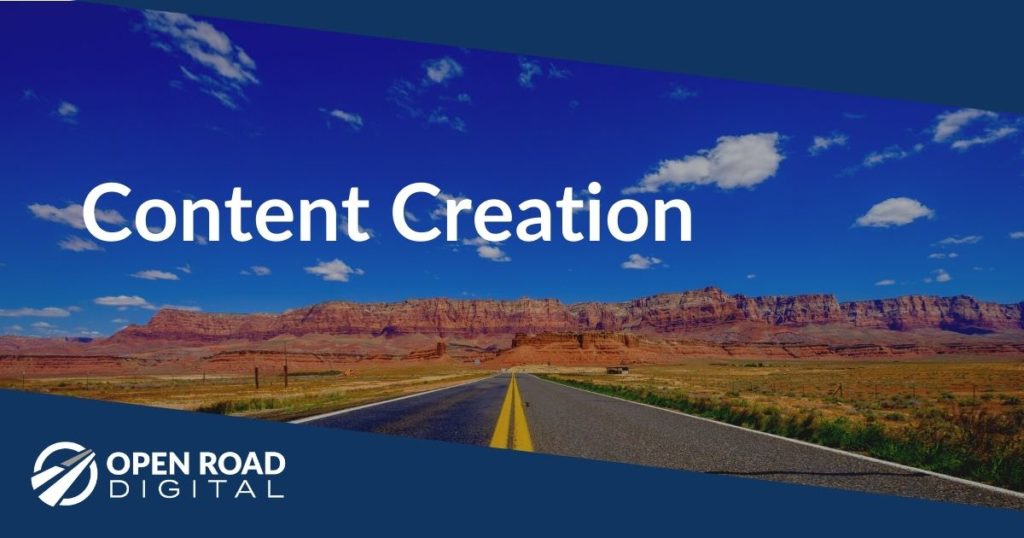On January 6, social media consultant Mark Schaefer published a fascinating article titled “Why Content Marketing Is Not a Sustainable Strategy” in which he stated that the supply of content marketing is outstripping the demand for that product.
With the ever-increasing numbers of blogs, videos, and social media content being produced, his point is that content marketers are having to spend an ever-increasing amount of (costly) time and incur more opportunity cost in developing and distributing their content.
Referring specifically to Facebook, for example, he stated that “the exploding amount of content competing for views in users’ news feeds is making it increasingly difficult for brands to get their content delivered organically to their fans.” Certainly Facebook is currently presenting challenges for marketers who want to organically reach their target audiences.
Mark’s is a fair proposition: the sheer amount of content being produced is not all going to get the attention that it once did when, for example, there were fewer blogs competing for readers’ eyeballs.
How to Make Content Marketing Viable
So, what is the solution? I think the secret to success lies in making sure that marketers pay acute attention to their Long Tail, and then use available social tools to engage with their Long Tail audience.
As popularized by Chris Anderson in his best-selling book The Long Tail in 2006-2008, the long tail phenomenon relates directly to this problem of “too much” content; it is a phenomenon of the new online, digital world of ever-increasing information. Rather than a world of scarcity, in which there were limited numbers of TV channels, record companies, radio stations, and newspapers, Anderson stated that “with online distribution … we are entering a world of abundance.”
 As you can see in this graphical representation of the internet’s long tail (via the Guardian’s Josh Halliday), there are a limited number of products or events that experience “hit status,” as shown at the far left of the graph. Rather, most of the “stuff” being produced – whether music, or Google search terms, or online content – is “niche” material that occupies the never-ending “tail” of the graph as it moves to the right. Each individual item in the long tail is seen by few people, but in the aggregate – as you journey down the tail – this long-tail content is seen by huge numbers of people.
As you can see in this graphical representation of the internet’s long tail (via the Guardian’s Josh Halliday), there are a limited number of products or events that experience “hit status,” as shown at the far left of the graph. Rather, most of the “stuff” being produced – whether music, or Google search terms, or online content – is “niche” material that occupies the never-ending “tail” of the graph as it moves to the right. Each individual item in the long tail is seen by few people, but in the aggregate – as you journey down the tail – this long-tail content is seen by huge numbers of people.
This is exactly where content marketers should be aiming: for their own unique niche within the long tail. It’s a matter of quality over quantity. If they can do this correctly, their content won’t be dead. It will serve its purpose.
Hope for Success: In the Niche
Prior to the maturation of social media networks and tools, hitting these niche markets was more of a challenge. But with the growth and development of social media, in which participants can actively explore and engage with new markets, there is hope yet for success.
This means that marketers can’t fall blindly in love with their content (“My blog post is live! I’m done!”). No, content should be generated with a view to who the audience is. And this means getting out there in social networks, or building up social networks in concert with traditional methods of gathering market information at conferences and industry events, for example. And it means paying attention to the people in those markets via social and traditional channels. Only then will the target markets be interested in viewing your content.
So, I disagree with Mark’s basic premise that “content marketing is not a sustainable strategy.” However, I do agree that it will be more difficult to be successful at content marketing. But in the end, that will just make success all the more rewarding.
Photo credit: Nina Matthews Photography / Foter.com / CC BY



